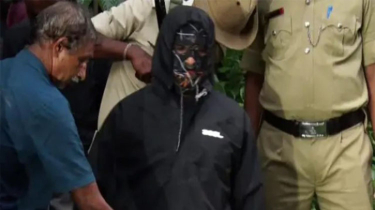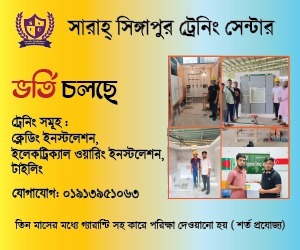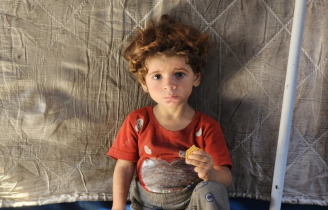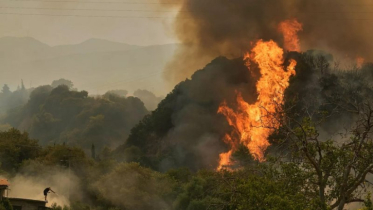Very Sick and Very Tired’: Inside Gaza’s Famine and the Fight to Save the Most Vulnerable
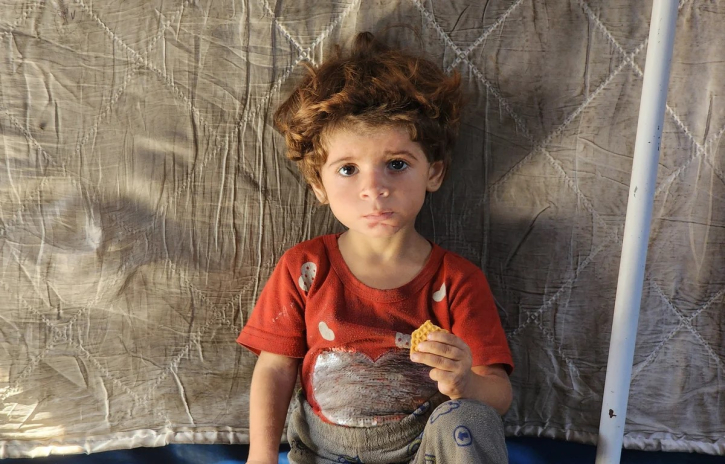
Published : 18:56, 23 August 2025
A formal famine has now been confirmed in Gaza City and surrounding areas, marking an extreme escalation in a humanitarian crisis that has steadily worsened through 2024–2025. The confirmation follows months of warnings from UN agencies and health workers about soaring acute malnutrition, collapsing health services, and mounting hunger-related deaths. Analysts say the technical thresholds for famine, extreme food scarcity across households, very high rates of acute malnutrition in children, and an elevated death rate attributable to hunger and related disease have been met. Aid officials describe a situation where infants, young children, pregnant and breastfeeding women, older people, people with disabilities, and the chronically ill are the first to succumb as food quality and quantity collapse and routine healthcare all but disappear.
On the ground, pediatric wards and malnutrition stabilization units are overwhelmed. Clinicians report more children arriving with severe wasting, edema, diarrhea, and infections that they cannot fight due to prolonged undernutrition. July was the deadliest month yet for child malnutrition deaths, and organizations warn the toll will accelerate without a sharp increase in food pipelines, safe water, vaccinations, and basic health services. Mothers who are themselves malnourished struggle to breastfeed; newborns face low birthweight and higher infection risks; and older adults with diabetes, kidney disease, or heart conditions deteriorate quickly without adequate nutrition and medicines.
Humanitarian access remains the pivot. Agencies say the volume of aid entering Gaza is far below what is required, and moving supplies within Gaza is perilous. Repeated displacement, damaged roads, insecurity around distribution points, and the degradation of hospitals and primary care clinics have shredded normal safety nets. Nutrition programs that can reverse wasting in days to weeks if consistently supplied and safely delivered have been forced to ration therapeutic foods and suspend outreach in some districts. Water and sanitation breakdowns fuel the spread of disease, which in turn accelerates malnutrition and mortality.
The confirmation of famine has intensified calls for an immediate ceasefire and for unimpeded, large-scale humanitarian access by road and through multiple entry points. UN agencies emphasize that famine is preventable and reversible if calorie-dense food, clean water, vaccines, and medical supplies can flow at scale and be delivered safely to people where they are. Without that, analysts project famine conditions will spread southward from Gaza City into other governorates, pulling hundreds of thousands more into extreme deprivation.
Israeli officials dispute elements of the analysis and have pushed back on allegations of deliberate starvation, blaming diversion of aid and security threats. Humanitarian groups counter that the data reflect a man-made crisis driven by sustained access constraints, insecurity, and the destruction of critical civilian infrastructure. With diplomatic efforts stalled, health and aid workers warn that the phrase heard most often in clinics, “very sick and very tired,” has become the grim shorthand for a catastrophe engulfing Gaza’s most vulnerable.
Sources: UN, UNICEF, Reuters, AP News, The Guardian, WHO, Amnesty International
BD/AN






